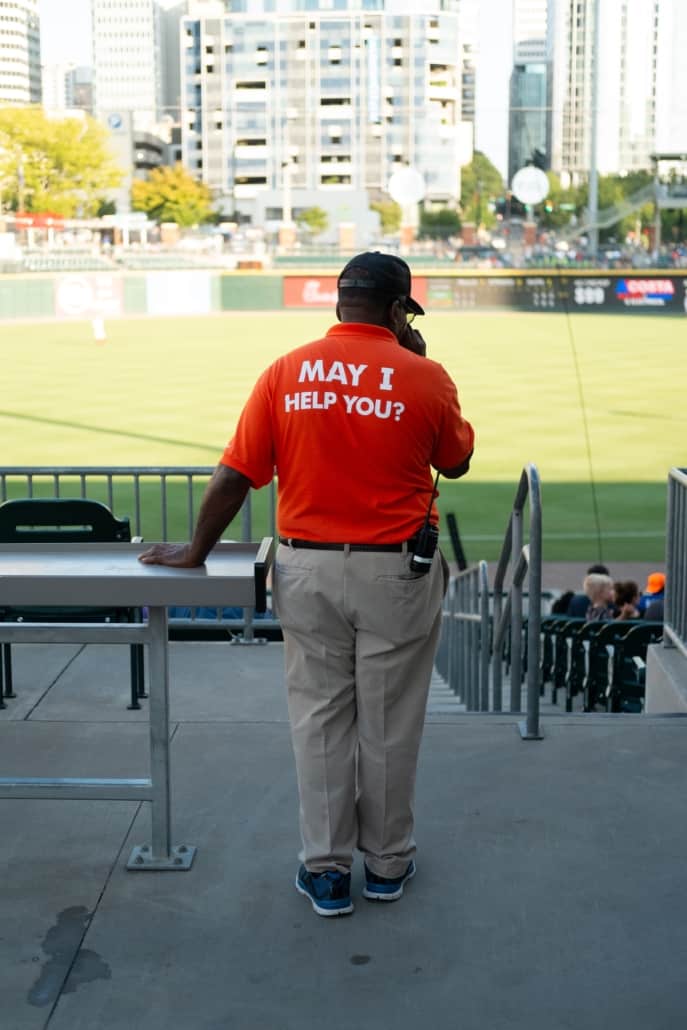Another Look at Human Capital, Family Style
Over the years I’ve had the opportunity to serve on a number of boards and committees in various areas of my life.
Of course it typically feels good to give back in time and effort to causes one holds dear, but there’s much more to it than that.
The opportunity to be part of something and shape how it will move forward is also significant, and a great reason why many people choose to get involved in such service.
One undervalued part of such an experience, though, is the chance to continue to learn.
As someone who toils in the area of family governance, any situation where I’m part of how anything is being governed is a valuable (and valued!) learning opportunity.
An Organization Taking Its Next Steps
I’ve been part of an international organization for almost a decade now and have served on some committees for its annual conference for most of that time.
We’re currently going through some big changes as we prepare for a future where we’re evolving from the work of a founder, and now need to put in place a more sustainable structure, one that’s more about shared leadership.
Naturally there’s a whole “meta” thing going on here, as what we are doing mirrors the work many of us do when we work with family clients who are going from their first generation founder to a sibling leadership team.
I was happy and proud to have recently been asked to join the committee that is charged with initiating and overseeing our governance and recruitment processes.
People as a Strategy
During our initial meeting as a committee, the head of the group, who also has a seat on the Board of the organization, had us spend some time on figuring out how we all saw our mandate and how we wanted to be together.
As someone who’s been involved with families as they set forth on a new journey around how they want to govern themselves, I was in familiar territory here.
Thankfully, because the other members of this group had been well selected, we all felt that this was time very well spent.
But just as we all felt at home spending time on seemingly unproductive activities, we all know that in most business settings this could be viewed as a waste of everyone’s time together.
And then the leader of our group quoted someone (sorry, I forgot who it was, and Google unearthed several possible sources) who said “Our people are our strategy”.
All Our Heads Were Nodding
At this point all of our heads were nodding, as our small group understood that the strength of our whole organization was in its human capital, and it was important for us to maintain that moving forward.
When working together with family members, it isn’t always easy to get such solid agreement.
So many other issues can arise when everyone is related, and the freedom to add or subtract people from the group is much more limited, or at least can be tricky.
I’m going to pivot in an unexpected direction now, as I just had an A-Ha moment as I wrote this.
The Right Seats on the Right Bus
Because it’s typically much harder to get rid of a family member than someone who isn’t related, perhaps a reassignment of seats is more realistic in many cases.
Much like the committee we were discussing earlier, which was hand selected, putting the right people in the right seats is key when you are working with a family enterprise.
And, thankfully, once you’ve achieved a certain size and maturity, there can be a number of different places where family members can be placed for positive effect.
As noted a few months back in Supporting Roles in the Family Enterprise, various family members can occupy a number of different roles in support of the family’s overall success.
Addition by Subtraction Is Also a Thing
There’s always a balance that’s in play when finding the best place for everyone.
You need to find people to play important roles, but at the same time you can sometimes need to find roles for people.
Don’t forget that sometimes you can make something better by adding someone, and at other times you can make something better by removing someone.
Hopefully your family isn’t a hotbed of addition by subtraction, but sometimes it’s a reality you must face.





















